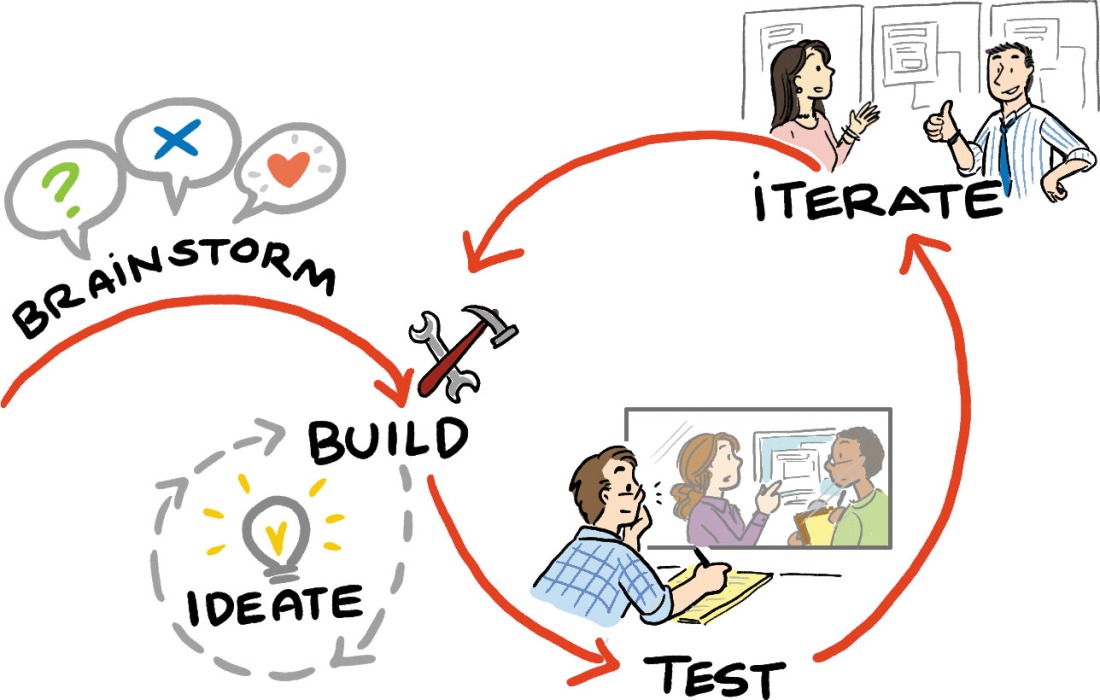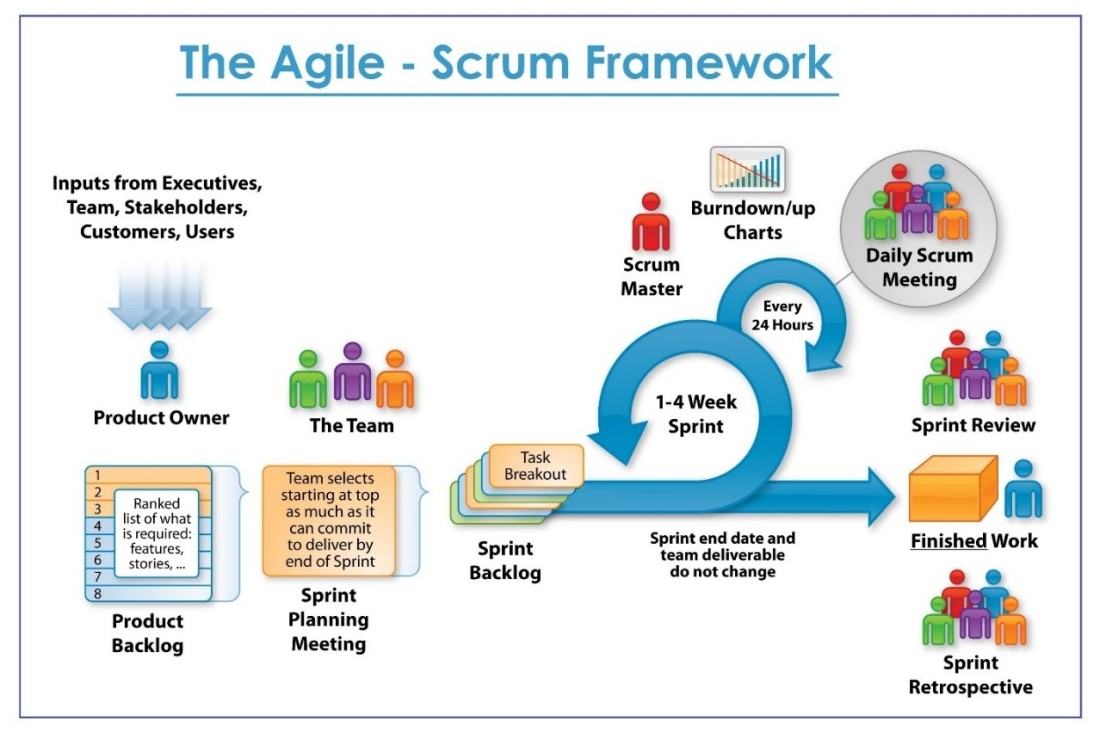Multiple of the aspects of what Dr. Jhangiani discussed go beyond the walls of an institution:
- Access to digital technology and the digital divide
…and to ideas that run counter to the value proposition of institutions:
- A time-tested curriculum and faculty
- Learning on one campus
– – – – – – – – – – –
The three bullets above are interrelated, but students, professors, parents, and administrators have complex interests that only partially overlap.
Students experience the burden of a textbook (or 3, 4, or 5 textbooks) differently, but we know that some students may struggle to afford a textbook.
We’ve learned that one aspect of a learner-centered syllabus is having student input on the content.
Some professors want to explore new methods, but feel constrained by their institutions. Some parents would not be thrilled to learn that their child “was the guinea pig” in Fall 2018 Intro to Biology. Some administrators are concerned about whether the accreditation for a program will continue if professors are constantly testing new methods and content.
Professors at campuses that are part of consortia (think the Colleges of the Fenway) can leverage (and re-use/re-mix) the resources of the others if they can get buy-in from their administrations, but this can quickly become a bureaucratic albatross around innovation and efficiency.

– – – – – – – – – –
It’s time to try new things. We read about the harm that grading may do, then almost everyone still plans to provide traditional grades. We know that we can democratize the information in our classrooms, then we say it’s too hard to not go with the standard textbook. We are not wedded to anything beyond a semester, and maybe not even that long. Let’s try something closer to software design and engineering: design, test, iterate…
I would be ecstatic to build a course with a class. I vividly remember my freshman Biospyschology class, and that was many years ago. One of the most memorable features of the class was the unit on how illicit drug use affected the brain. The class voted on the drug we explored in the unit, and cocaine was selected. I still remember how cocaine affects the synapses. It was my first introduction to developing course content collaboratively, and it left an impression.
We have to start introducing a piece of collaborative design, a collaborator from another institution, a new piece of technology, a different form of assessment, and then keep building. Just as we design, test, and iterate in software we also have a backlog of ideas that we put out in two week sprints. We are not just iterating for weeks on end, but building on a foundation, which is continually being built onto.

– – – – – – – – – –
It was not raised during the Critical Open Pedagogy podcast, but institutions of higher learning have far reaching effects on the urban fabric of the communities where they exist and expand. They often bring jobs and stability, but can raise prices and wall off portions of communities. When we think about openness, the openness of facilities is also worth taking into account when many of our leading institutions receive local incentives and state and federal funding.
– – – – – – – – – –
While it represents a massive shift to address these factors, it could also provide institutions an opportunity to re-frame the value proposition of the university as a community anchor, a talent ignitor, a leveling force, and the type of dynamic place that tests and retests ideas.
I totally agree with your point that professors should be trying new things. I think maybe one way for professors could maybe get around nervous administrations is to slowly revolutionize their courses. Start with introducing a new project one semester. If it wasn’t a total disaster change a little bit more and within a few semester the course is totally new. I think its also important for the higher ups to remember that classes should be fluid and dynamic. No 2 groups of students are going to learn and react the same way. Additionally, with new research/current event, new activities or lessons may be more appropriate to learn about concepts. If professors don’t have the flexibility to respond and adapt their courses to each new cohort of students, then the university is failing their faculty and their students.
LikeLiked by 1 person
I think sometimes we do forget that others may interpret our efforts to make a course better through trying new techniques may not be well received. I think your comment about “some parents would not be thrilled to learn that their child “was the guinea pig” in Fall 2018 Intro to Biology” is equally applicable to some students. When people have certain expectations of how they will experience something, it can be very uncomfortable for them to have “everything” changed. (Who Moved My Cheese gives a simple look at this discomfort.) We also can see that discomfort in new teaching techniques in the push back to ‘new math.’ I had no idea what this new math was, but I heard about how ridiculous it was for years before I finally found out that it’s just an awesome, innovated wa of teaching math without memorization… But we as teachers need to be aware that we sometimes may need to engage in some PR before/as we’re trying new things.
LikeLike
Hi Julia,
You are hitting on some really important points when it comes to open pedagogy and being willing to change and/or have an adaptive and collaborative approach in a course. I’m liking the computer science-based model you’re proposing with the relatively quick turnaround time. It’s progress through many, incremental improvements and that’s much easier to manage and develop vs conventional measuring of success by “fixing” problems in absolute terms. Thanks for sharing. The graphics are nice to look at, too.
LikeLike
Hi Julia, Thank you for your perspective on open pedagogy. I like your idea of integrating the available resources to build courses which are more effective for students and use innovative skills. And, I do understand that this initiative will be more taxing for the teachers in terms of time and efforts but is worth in the end for both educators and students.
LikeLike